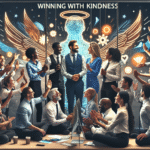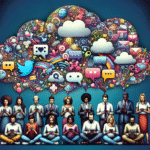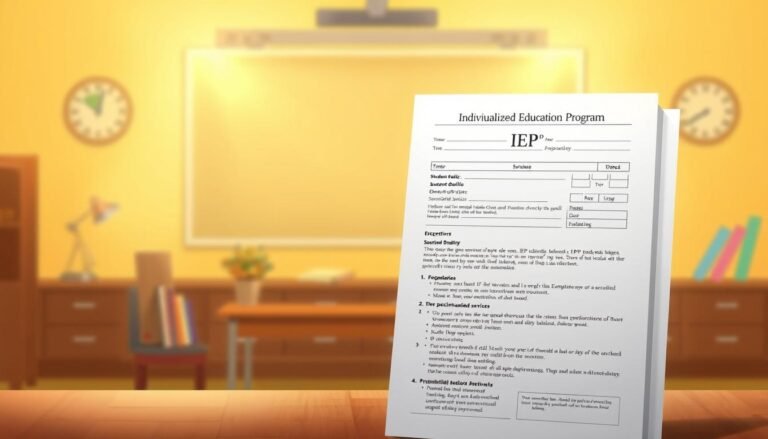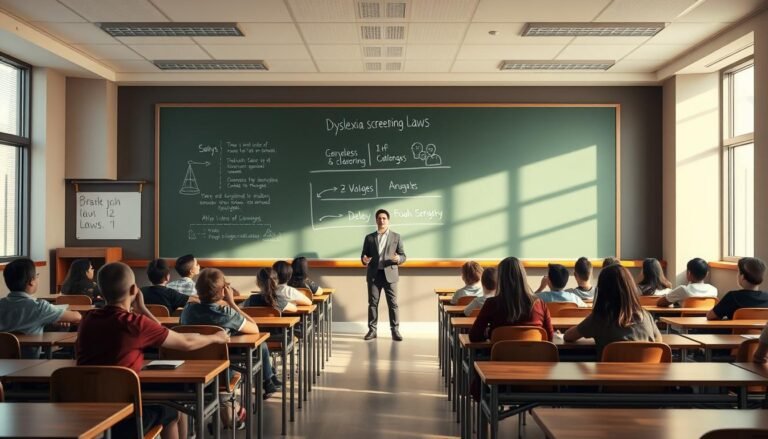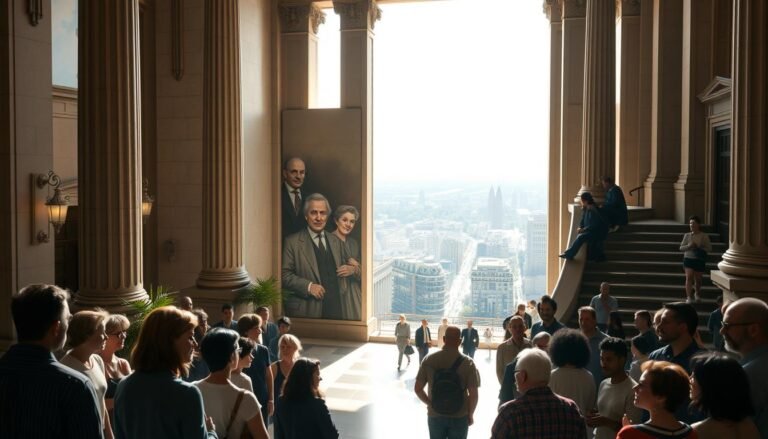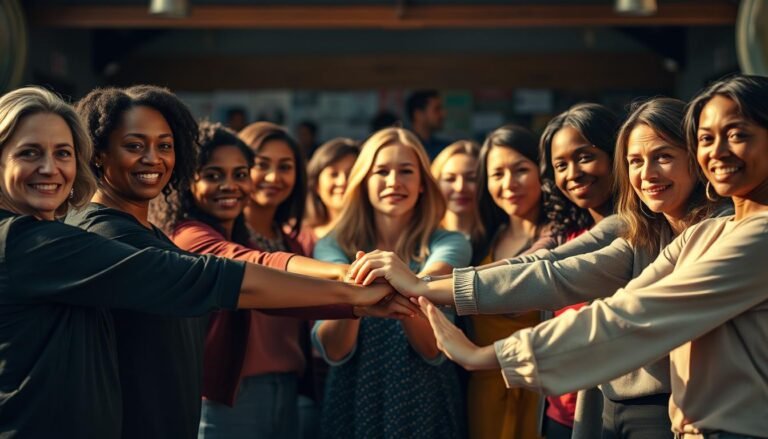The Transformative Power of Art: A Lifeline for Learning Disabilities
Introduction
Art possesses an extraordinary ability to transcend barriers, communicating profound thoughts and emotions through universal languages. For individuals with learning disabilities, the transformative power of art offers not just an avenue for expression but also a vital lifeline that enriches their learning experiences, enhances their self-esteem, and fosters social connections. In an increasingly complex world, where traditional educational approaches often fall short, embracing the creative arts emerges as an essential strategy. This article delves deep into the transformative power of art as a lifeline for learning disabilities, exploring its incredible potential, sharing inspiring case studies, and providing actionable insights to enrich the lives of those impacted.
The Intersection of Art and Learning Disabilities
Understanding Learning Disabilities
Learning disabilities encompass a wide range of neurological conditions that affect the brain’s ability to process, store, and communicate information. These challenges can manifest in various ways, including difficulties in reading, writing, math, memory, and organizational skills. Traditional education methods often struggle to accommodate these unique needs, leading to feelings of frustration and inadequacy.
The Role of Art in Education
Art, in its myriad forms—be it painting, music, dance, or drama—presents an alternative approach to learning that can complement traditional education. The transformative power of art serves as an engaging way for individuals with learning disabilities to tap into their creativity, express their thoughts, and communicate experiences that might be challenging to articulate through conventional language.
The Transformative Power of Art: Fostering Communication and Expression
Enhancing Communication Skills
Art serves as a robust platform for communication, particularly for those who struggle with verbal expression. Through visual arts, individuals can convey emotions, tell stories, and communicate ideas in a non-verbal manner. Whether through painting a canvas or crafting a sculpture, the act of creating provides a sense of agency and expression that embodies their personal narratives.
Case Study: The Art Therapy Program at XYZ School
At XYZ School, a pioneering art therapy program implemented several years ago showcases the transformative power of art as a lifeline for learning disabilities. Students participated in weekly art therapy sessions led by licensed art therapists. By engaging in activities like painting and collage-making, students who struggled with verbal communication exhibited remarkable improvements in expressing their feelings. A notable example is John, a 12-year-old boy diagnosed with dyslexia who, through art, managed to articulate experiences of anxiety he found too overwhelming to share verbally.
Analysis: John’s case underscores how the non-verbal medium of art can bridge communication gaps, offering a nuanced understanding of emotions that traditional verbal methods may overlook.
Building Self-Esteem and Confidence
Engaging in artistic pursuits often leads to an enhanced sense of self-efficacy and accomplishment. The transformative power of art allows individuals to create tangible results, which serves to bolster their self-esteem. When students with learning disabilities create and showcase their artwork, they experience validation and recognition, which can counteract the feelings of inadequacy they may feel in academic settings.
Case Study: The Annual Art Showcase
An annual art showcase held in collaboration with local community organizations provides a platform for students with learning disabilities to exhibit their artwork to the public. One impactful story is that of Mia, a 10-year-old girl with ADHD who struggled with focus and attention in traditional learning environments. After participating in the showcase, Mia not only received applause and acknowledgement from her peers and community members but also reported a newfound passion for art, which subsequently improved her concentration in class.
Analysis: The art showcase illustrates the crucial role that public recognition and acceptance can play in promoting self-esteem, proving that art can be a catalyst for personal growth and enhanced engagement in learning.
The Therapeutic Benefits of Art for Learning Disabilities
Emotional Regulation and Stress Relief
The transformative power of art extends into the therapeutic realm, providing individuals with learning disabilities a tool for emotional regulation. Creative expression allows them to explore and process complex emotions, fostering resilience and coping strategies. Art often serves as a sanctuary where they can channel stress and anxiety, leading to improved emotional well-being.
Case Study: Art as a Therapeutic Tool in Therapy Clinics
A therapy clinic in Chicago implemented an art-focused therapeutic curriculum for children with autism spectrum disorder (ASD) and observed significant changes in their emotional regulation. During sessions that included activities like drawing and clay modeling, many children expressed pent-up emotions that had previously led to behavioral outbursts. Over time, with the adoption of art therapy, a 9-year-old boy named Alex developed healthier coping strategies to manage his frustrations, leading to decreased anxiety levels.
Analysis: Alex’s experience highlights how art serves as a powerful outlet for processing emotions, demonstrating the therapeutic demands of art in fostering emotional well-being among individuals with learning disabilities.
Lifelong Skills Development
Engaging in the arts fosters a myriad of skills that extend beyond the studio. The transformative power of art nurtures critical thinking, problem-solving abilities, and creativity—all essential life skills. As students engage with different forms of artistic expression, they learn to approach challenges with a creative mindset, offering them tools they can apply in various aspects of their lives.
Case Study: The Integration of Art with STEM Education
A groundbreaking initiative called "Creative STEM" successfully integrated arts with science and mathematics for students with learning disabilities in primary schools. One noteworthy project involved students constructing a musical instrument from recycled materials. Not only did this activity ignite creativity, but it also required mathematical reasoning, spatial awareness, and teamwork. Students developed essential skills while collaborating and pushing their creative boundaries.
Analysis: By bridging the gap between art and STEM, this initiative affirmed the idea that creativity and analytical thinking go hand-in-hand, proving that art can promote versatile skill-building for students with learning disabilities.
Community Engagement and Social Connections
Fostering Social Skills through Collaborative Art
Art offers a significant opportunity for socialization among individuals with learning disabilities, promoting teamwork and social skills development. Collaborative art projects enable students to work together, share ideas, and build empathy—fostering connections that are vital for their social development.
Case Study: Community Mural Project
The "Community Mural Project," which engaged local schools in creating murals reflecting their neighborhoods’ culture, illustrates how collaborative art fosters social skills. In this initiative, students with learning disabilities worked alongside their peers, learning how to communicate effectively, share responsibilities, and support each other’s ideas.
Analysis: This collaborative experience enhanced students’ social interactions, breaking isolation and encouraging them to build friendships while engaging in a shared artistic vision.
Involving Families and Caregivers
The transformative power of art is not just limited to individuals; it extends to families and caregivers as well. Art can serve as a medium for families to connect and engage in meaningful shared experiences, thus strengthening emotional bonds and support networks.
Case Study: Family Art Nights
An initiative called "Family Art Nights" at a community center in Los Angeles encouraged families of children with learning disabilities to engage in art together. Activities ranged from painting to crafts, fostering a sense of belonging and community. Families reported increased communication and understanding between members while engaging in this enriching artistic experience.
Analysis: Family art nights exemplify how art can reinforce familial relationships, promote mutual understanding, and create safe spaces for emotional expression within family dynamics.
Implementing Art Programs for Learning Disabilities
Key Considerations for Educational Institutions
To fully leverage the transformative power of art as a lifeline for learning disabilities, educational institutions must adopt a framework for effective art integration. The following are essential considerations:
Qualified Instructors: Ensuring that educators possess not only artistic skills but also training in special education and therapeutic practices is crucial for fostering an inclusive environment.
Tailored Curriculum: Programs should remain flexible, addressing diverse learning styles and interests while remaining sensitive to the needs of students with disabilities.
- Community Partnerships: Collaborations with local artists, institutions, and organizations can bolster resources and create more enriching art experiences.
Access and Accessibility
Accessibility must be prioritized to ensure that all individuals with learning disabilities can engage in artistic endeavors. Considerations include physical access, adaptive tools for creative expression, and diverse art forms that cater to various interests and abilities.
Conclusion
The transformative power of art is undeniable—it serves as a lifeline for individuals with learning disabilities, offering them pathways to express themselves, build skills, and foster connections that enhance their lives profoundly. By integrating artistic programs within educational settings and communities, we can unlock the potential of every individual to thrive despite challenges.
As we move forward, it is imperative to recognize the immense impact and value of the arts in fostering resilience, creativity, and emotional intelligence. Let us embrace the transformative power of art to uplift those with learning disabilities and paint a brighter picture for future generations. Whether you are an educator, a parent, or simply an advocate for inclusion, consider how you can support and promote art as a vital element in the lives of those you encounter.
FAQs
1. What are learning disabilities?
Learning disabilities are neurological conditions that affect an individual’s ability to process information, leading to difficulties in areas like reading, writing, and mathematics.
2. How can art help improve learning for individuals with disabilities?
Art can serve as a non-verbal means of expression, helping individuals articulate feelings, enhance self-esteem, and develop social skills—all of which contribute to improved learning experiences.
3. Can all students benefit from art programs?
Yes, art programs are beneficial for students of all abilities. They foster creativity, critical thinking, and social skills, making them valuable for everyone.
4. How can I implement art programs in my community?
You can start by collaborating with local schools, art organizations, and community centers to develop inclusive art programs that cater to the needs of individuals with learning disabilities.
5. Are art therapy and creative arts the same?
While both utilize creativity as a therapeutic tool, art therapy is led by licensed professionals who focus on emotional well-being, whereas creative arts can be more general and include various artistic activities without therapeutic goals.
By embracing the transformative power of art as a lifeline for learning disabilities, we can create an inclusive future where everyone has a voice and the opportunity to shine brightly.


